Understanding the basics
What is a pickleball tournament?
A pickleball tournament serves as a vibrant arena where players compete against one another, showcasing their skills and sportsmanship. Much like a grand theater where seasoned actors take the stage, a tournament is a carefully organized event that invites players of varying skill levels to battle it out for glory and good-natured competition. Whether it’s a neighborhood meetup or a larger competitive event, tournaments provide a platform for camaraderie, growth, and the electric thrill of competition.
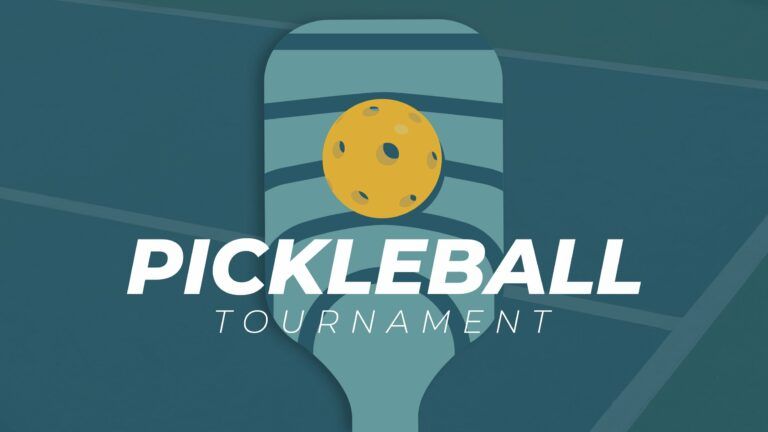
Participation in a tournament is not solely about winning it's about the experience, the shared laughter, and the stories you’ll take home. With various types of tournaments available, such as round-robin, single-elimination, and mixed doubles, players can find formats that cater to their preferences, skill levels, and social appetites.
Why participate in a tournament?
The allure of participating in a pickleball tournament stems from the unique blend of experience, challenge, and community. For beginners, it’s an opportunity to step out of their comfort zone and face new challenges. The buzz of competition, combined with the support of fellow players, fosters an exhilarating atmosphere where new friendships can blossom.
Additionally, tournaments present a golden opportunity to test your skills in real-game scenarios, allowing players to identify areas for improvement. Beyond the thrill of competing, many participants find that the learning experiences gained during tournaments translate into tangible skill growth both physically and mentally. So, if you've ever considered the idea of entering a tournament, remember that the benefits extend far beyond mere medals or trophies; the journey itself is a rewarding experience.
Types of pickleball tournaments
Round robin tournaments
In a round-robin tournament, much like a classic round table discussion, every player gets a chance to face off against all their opponents. This format sets a tone of inclusivity and fair play, where each match contributes to a broader picture of player performance. Once all matches are played, winners can be determined based on their individual win-loss records, creating an engaging narrative throughout. Tiebreakers might come into play when records are equal, ensuring that every effort is communicated through the scoreboard.
| Player | Wins | Losses |
|---|---|---|
| Player A | 3 | 1 |
| Player B | 2 | 2 |
| Player C | 1 | 3 |
Here's how it works: Players compete in specific matches, earning points for each victory along the way. The overall champion emerges from the players with the best performance echoing an image of a triumphant athlete raising a trophy high above their head.
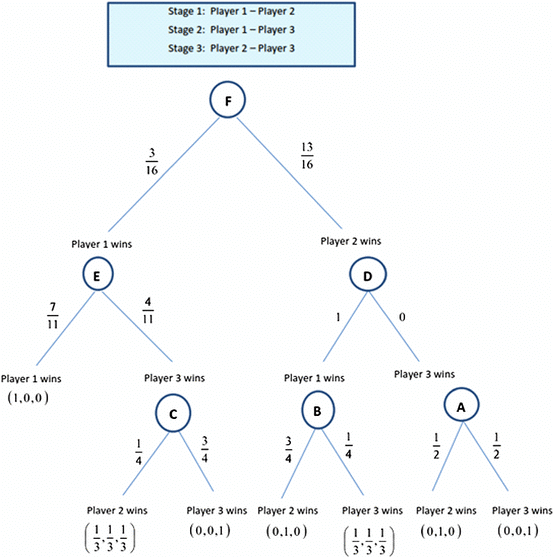
Single elimination tournaments
Single-elimination tournaments evoke a sense of immediacy and high stakes, often resembling a sudden-death scenario in other sports. Here, players are organized into brackets, where only the winners proceed to the next round. Losing a match means elimination from the tournament, reminiscent of a nail-biting thriller where eliminating an opponent can feel like advancing to the next chapter of a suspenseful novel.
By using a straightforward bracket diagram, competitors can easily visualize how the tournament progresses. Each victory leads one step closer to the coveted title, establishing an environment that encourages focused gameplay.
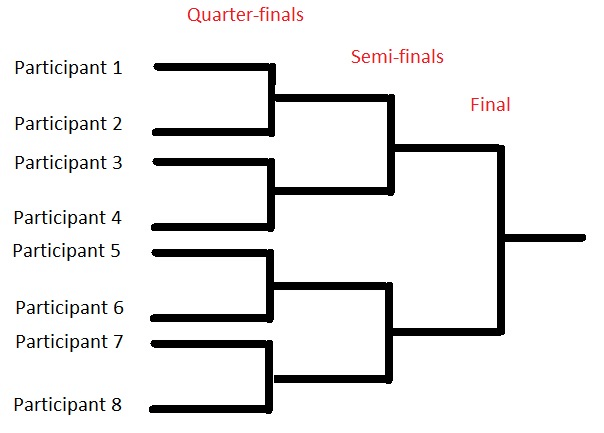
Double elimination tournaments
Unlike their single-elimination counterparts, double-elimination tournaments offer a safety net for players who may stumble along the way. Participants are divided into winners' and losers' brackets, allowing for a second chance to regain footing after a loss. It’s akin to a phoenix rising from the ashes players learn from their missteps, recalibrating their strategy before making a comeback.
The pathway to victory still remains challenging, though; in the end, only one player can claim the title even after facing setbacks. The thrill of anticipation continues with every match and every correction, creating a dynamic and engaging atmosphere throughout the tournament.
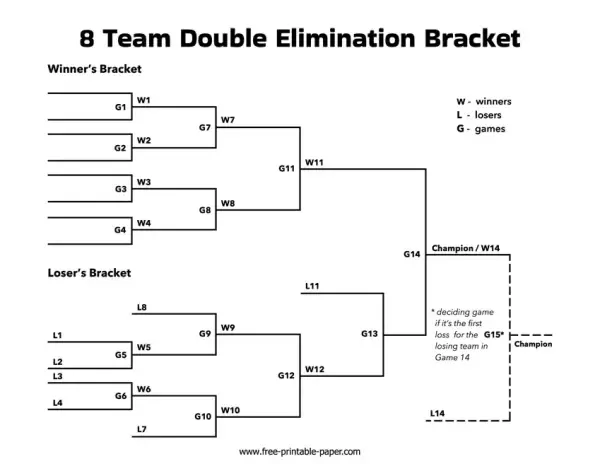
Mixed doubles tournaments
As an engaging twist, mixed doubles tournaments add an element of teamwork and cooperation, bringing both male and female participants together in a spirited display of strategy and camaraderie. These tournaments emphasize collaborative play with specific rules regarding rotation and serving order.
Engaging in mixed doubles not only sharpens individual skills but also enhances communication creating a dance on the court where players glide in unison. The laughter and dynamic partnerships formed during these tournaments contribute to the joy of the game, highlighting the social aspect of pickleball.
Key pickleball tournament rules
Serving rules
The crux of gameplay begins with the serve, which is required to be executed underhand and directed toward the diagonally opposite service court. A successful serve sets the tone for the match like the opening notes of a symphony that will unfold over the next few minutes. Any faults committed during this process such as failing to reach the correct service area or executing an illegal serve could result in the serving team losing the point.
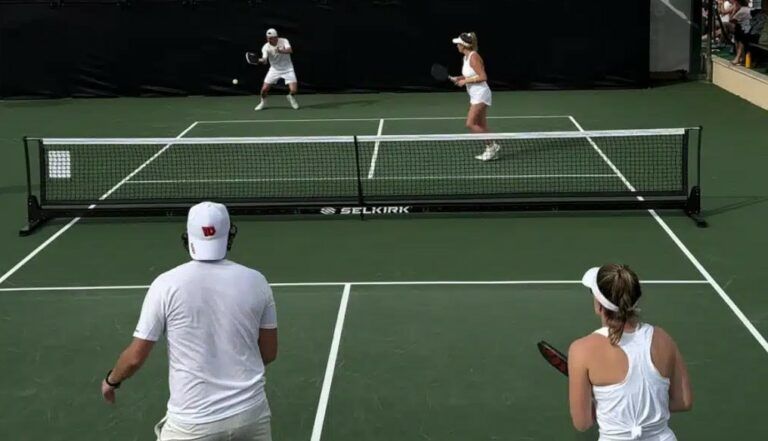
Visual aids can enhance the understanding of these regulations, illustrating the proper stance, ball handling, and court areas from which to serve. Additionally, common service faults deserve a moment of attention, emphasizing the necessity for precision and technique.
The double bounce rule
In a game of pickleball, the double bounce rule enhances the flow and engagement. Simply put, this rule states that the ball must bounce once on each side before players can engage in volleying. This format encourages longer rallies and enhances player interaction on the court. Like a well-choreographed dance where each step matters, understanding the double-bounce rule is fundamental for every match.

This rule effectively levels the playing field, fostering longer exchanges and building anticipation among players and spectators alike. Experienced players often employ this strategy to create openings and seize opportunities, making it a vital component of competitive play.
Non-volley zone (the kitchen)
The non-volley zone, often referred to as "the kitchen," serves a specific purpose within the game it keeps the action down to earth, allowing for strategic plays and fault prevention. Players must be aware of their positioning in relation to this area; stepping into the kitchen while attempting to volley leads to an automatic fault.
Utilizing diagrams can help illustrate the boundaries of this region and clarify the rules surrounding it, ultimately enhancing player comprehension. This knowledge empowers participants to approach the game with a clearer strategy, creating exciting moments on the court as they navigate both their opponents and their spatial limitations.
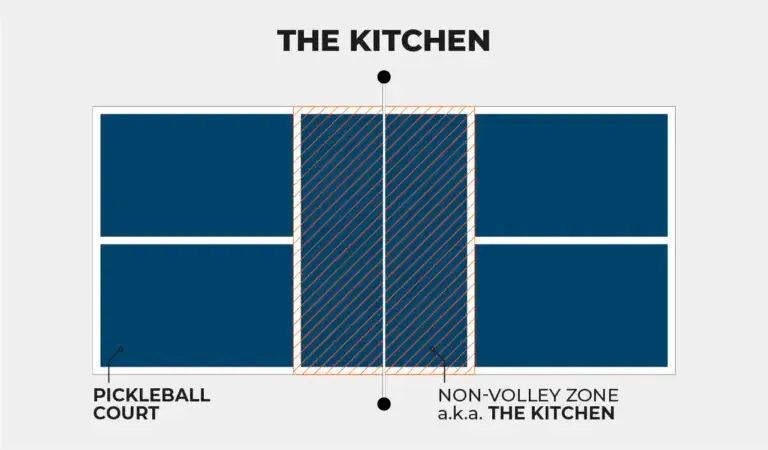
Scoring
One of the pivotal elements in any match is the scoring system employed. In pickleball, only the serving team can score points, which reinforces the importance of successfully retaining the serve. When a player fails to win a rally, the game shifts into "side out," creating a shift in momentum that can dramatically impact a match.
Points are typically accumulated until a player or team reaches 11 points, though variations of 15 or 21 points are utilized in different settings. This structured scoring facilitates excitement and urgency in gameplay, urging players to maintain focus and strive for victory.
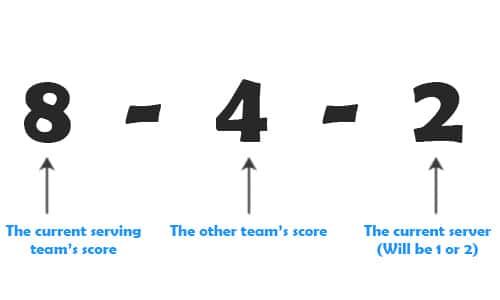
Faults
In competitive play, understanding common faults is crucial for maintaining the integrity of the game. An extensive list of faults may include violations such as stepping into the non-volley zone during a volley, failing to clear the net, or sending the ball out of bounds. The consequences of these faults whether it be a loss of serve or awarding a point to the opponent add an extra layer of strategy and responsibility to each player's actions on the court.

By clearly outlining these violations, players can approach their matches with a greater respect for the rules, promoting the values of fair play and resilience.
Preparing for your first pickleball tournament
Finding tournaments
As you contemplate your first foray into competitive pickleball, identifying suitable tournaments is essential. Numerous resources are available, including online listings, pickleball clubs, and community organizations. Websites like the USA Pickleball Association provide comprehensive information about upcoming events, including tournament formats and skill levels.
Before registering, it is prudent to review the details provided, such as brackets and participant requirements. Knowing what to expect allows beginners to approach their first tournament with confidence and clarity.
Assessing your skill level
Understanding your skill level is vital when selecting a tournament that matches your abilities. Various rating systems, including the USAPA rating system, delineate skill levels based on experience and performance. Self-assessment and honest reflection on your game can lead to informed decisions ensuring you compete against those with similar skills.
This thoughtful consideration fosters respect for the game and its participants, enhancing the overall experience of the tournament.
Tournament etiquette
Good sportsmanship is paramount in fostering a positive competitive environment. Respect towards opponents, officials, and fellow players exemplifies the spirit of the game. Conduct on and off the court reflects not only upon the individual but also upon the community as a whole; thus, maintaining cordial interactions is key.
Handling disputes or disagreements in a respectful manner not only promotes harmony but also contributes to your growth as a player, ensuring meaningful experiences regardless of the match outcome.
Tips for tournament success
Practice and preparation
Preparation is the bedrock of success in any competitive setting, and pickleball is no exception. Consistent practice leads to improved performance, confidence, and familiarity with the game's nuances. Specific drills, strategic gameplay, and physical conditioning can position players for triumph as they step onto the court. Like a sculptor shaping a masterpiece, every moment spent honing your skills builds towards achieving your tournament goals.
Mental game
Emphasizing the mental aspect of competition is just as important as physical preparation. Players may experience nerves that can easily affect performance, showcasing the need for effective management techniques. Staying focused on the task at hand allows for a deeper connection with the game, paving the way for improved performance.
Utilizing visualization techniques can help players envision success, serving as motivational tools that keep them grounded amid the whirlwind of competition.
Learning from experience
Ultimately, the journey through your first pickleball tournament serves as a learning experience. Embrace the chance to observe more experienced players, gleaning insights and strategies that may enhance your game. Seeking constructive feedback fosters a growth mindset, reminding us that improvement is a continual pursuit.
FAQs
To alleviate any uncertainties about entering a tournament, here are some frequently asked questions:
- What is the registration process? Registration procedures vary by tournament but typically involve an online sign-up. Ensure you complete any required forms and pay registration fees before the deadline.
- What should I bring to a tournament? - Essential items include a pickleball paddle, balls, comfortable clothing, water, snacks, and any necessary equipment for extended play.
- What types of tournament formats are there? - Common formats include round robin, single elimination, double elimination, and mixed doubles.
- When do I need to register? - Each tournament has specific deadlines, so it’s advisable to register well in advance to secure your spot.
- What are the specific rules? - Familiarize yourself with general game rules, serving guidelines, and scoring systems to ensure you are prepared to play competitively.
Conclusion
As we’ve explored the world of pickleball tournament rules, it is clear that these guidelines serve not only to promote fair play but also to enhance the entire experience of participating in tournaments. By broadening your understanding of the formats, regulations, and etiquette surrounding the sport, you carry the potential for growth and enjoyment throughout your pickleball journey. The thrill of competition is matched by the friendships forged and the lessons learned on the court. As you step into your first tournament, remember that whether you win or lose, the experience itself is a stepping stone towards a promising future in the vibrant community of pickleball.










